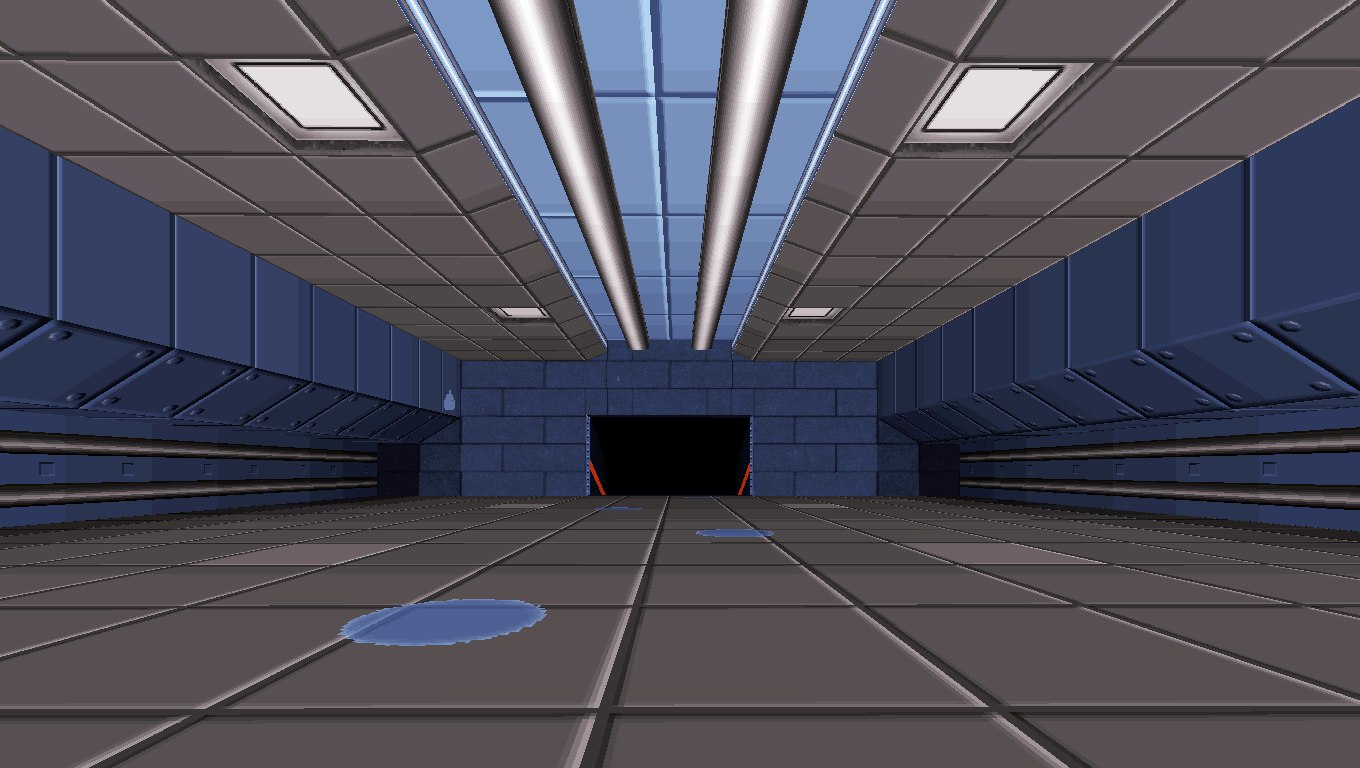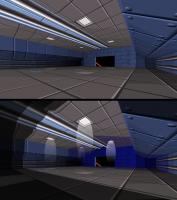 Sanek, on 04 March 2018 - 09:51 AM, said:
Sanek, on 04 March 2018 - 09:51 AM, said:
One of the serious issues I've questioned myself lately is whether my game looks good or not.
I'm looking for the minimalistic approach to the visual style, but at the same time I want the maps to look detailed and professional, so it will look like a "good indie game" instead of a "crap indie game".
Below you can see the screenshots from the latest map I'm working on ("Dreampipes") and I want to question you - does it look quality for the kind of game I make, or not?
Stop worrying about it looking good or professional at this particular stage, that can come at a much later stage when its actually important when the groundwork is complete.
Focus on making sure your levels play well foremost. This is the backbone of any level. It doesn't matter how pretty (regardless of its minimalistic style) the levels look if they've got boring layouts consisting of boxy rooms connected to corridors. Even worse yet if the gameplay elements don't hold up either.
Make sure your game mechanics are solid and levels have an interesting flow and gameplay suited to these mechanics before caring about the visual aspects. Have levels that loop into each other, expand the playing field as players progress, reuse existing areas later to access new places once certain goals are achieved, change familiar elements in later levels, create clear contrasts between space, size and height where suitable, allow players to see into previously explored areas and/or tease upcoming locations. There's plenty to consider that helps make a level interesting from a gameplay perspective. Try experimenting by mapping without ever thinking about doors or doorways allowing areas to feel interconnected and fluid. Place doors/doorways later where absolutely neccessary afterwards.
Think about the level as a whole - not as separated areas. Think about where and how players move through each area. Avoid padding out a level by having a solid start and end in mind, then fill up the middle segments with interesting gameplay elements that complement that level's particular theme, gameplay mechanic or gimmick in mind. Don't be alarmed about redoing portions several times until it feels right. If you can't think of anything between one idea and another, stick a placeholder there until something comes to mind or approach it from a different angle.
Once you've achieved a solid level you can then consider how it should look. The overall form and layout of the level could be the driving force in how everything looks. Create distinctive textures and consider unique visual elements suited only to that level. And don't neglect the lighting. Try a stronger, higher contrast lighting. It'll suit your minimalistic style considerably.
See here.
Just my two pence.



 Help
Help
 Duke4.net
Duke4.net DNF #1
DNF #1 Duke 3D #1
Duke 3D #1


















